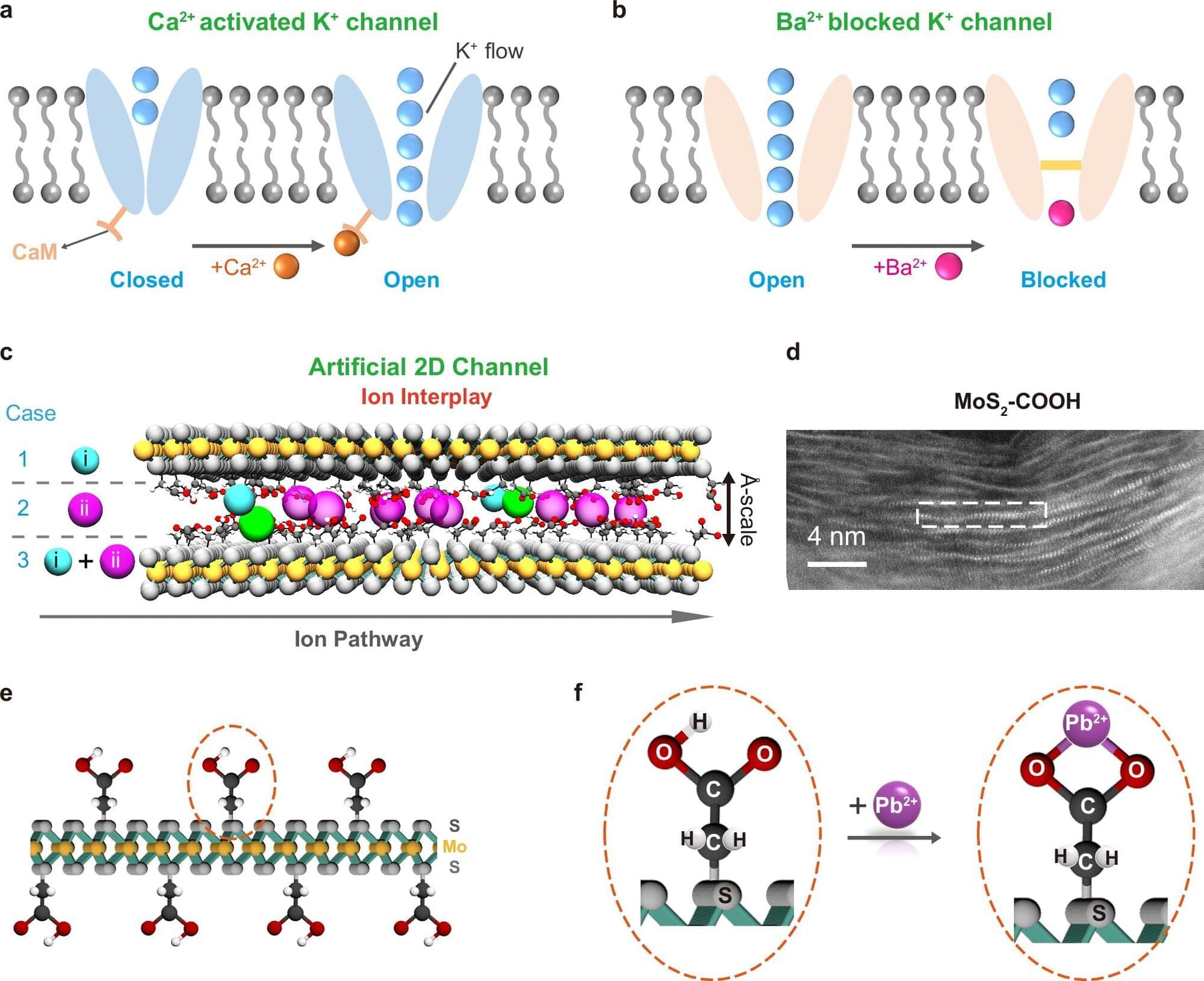Researchers have developed the first sort-in-memory hardware system capable of tackling complex, nonlinear sorting tasks without traditional comparators.



A four-day work week can lead to happier and more productive, dedicated employees, a new global study found.
Workers at companies that instituted a four-day work week—essentially working 80% of their regular hours for the same pay—reported less burnout and better job satisfaction along with improved mental and physical health, researchers report in Nature Human Behavior.
“Across outcomes, the magnitude (of improvement) is larger for the two work-related measures—burnout and job satisfaction—followed by mental health, with the smallest changes reported in physical health,” wrote the research team co-led by Juliet Schor, an economist and sociologist at Boston College.

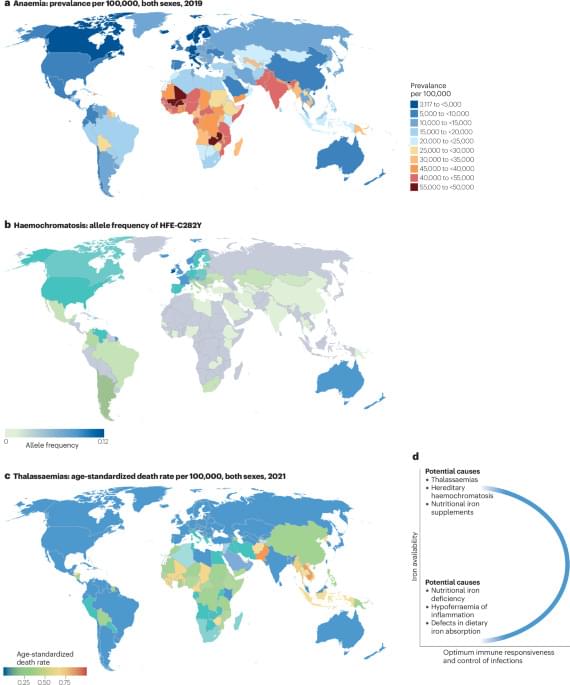
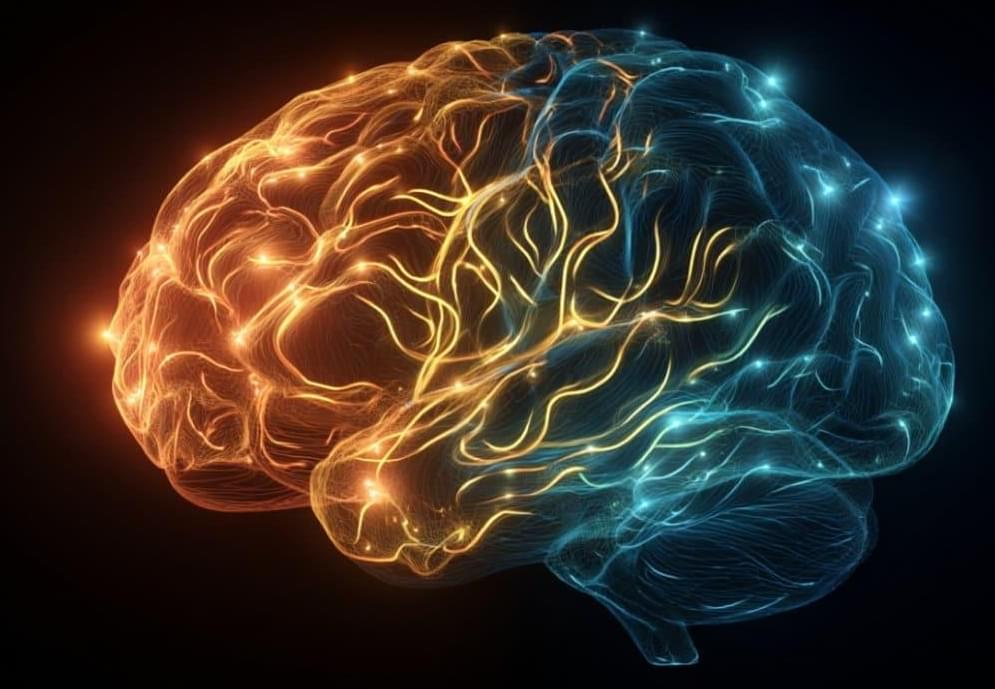
At its core, psychopathy is not simply a matter of bad choices or poor upbringing — growing evidence suggests it has a biological foundation, shaped by the intricate wiring of the human brain.
Now, a new study offers fresh insights into how structural brain connectivity patterns are linked to psychopathic traits and the externalizing behaviors that often accompany them.
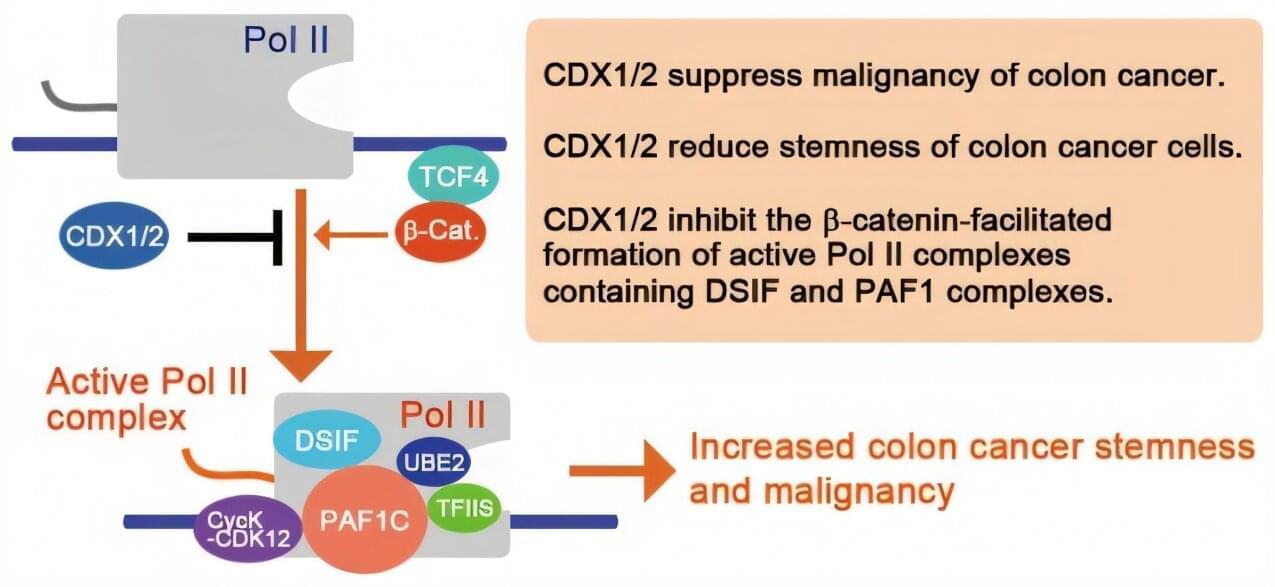
Colon cancer remains a major global health concern, ranking third among the most diagnosed cancers and the leading cause of cancer-related death worldwide. One critical factor that makes treating colon cancer challenging is the presence of cancer stem cells.
Though typically present in small populations, these powerful cells drive tumor growth, resist standard treatments, and often contribute to relapse. They achieve this through their “stemness,” a set of properties that enable these cells to self-renew and differentiate into other cell types. Thus, understanding how stemness might be controlled at the molecular level is essential for developing effective therapies for colon cancer.
Over the past two decades, researchers have identified several key molecules involved in both the development of the colon and the progression of colon cancer. Among them are CDX1 and CDX2, two homeobox transcription factors that help establish and maintain the identity of intestinal epithelial cells.
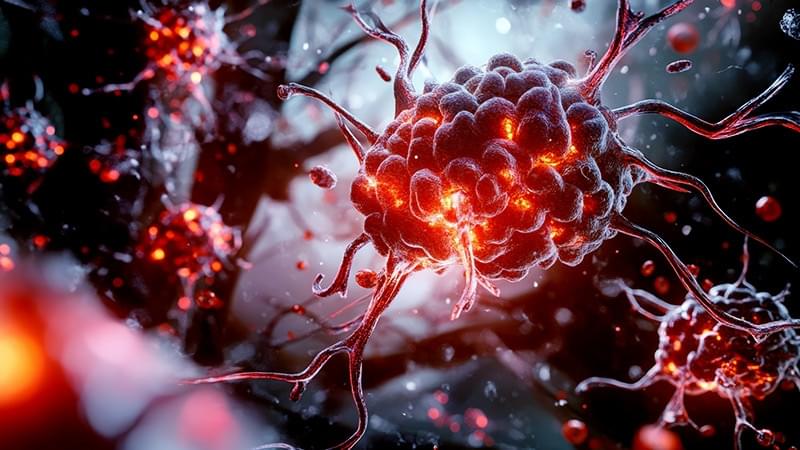

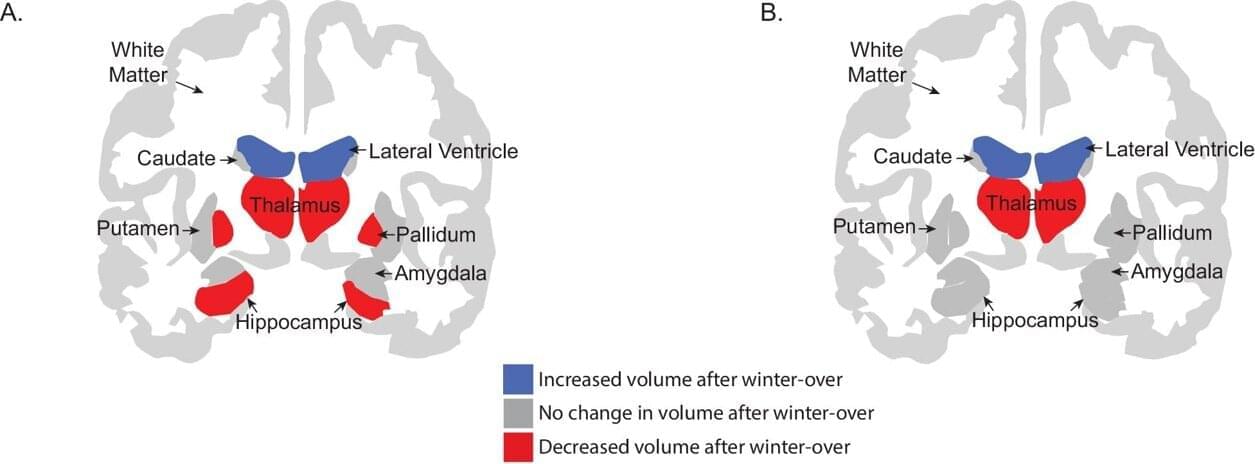
Brain researchers at the University of Pennsylvania have detailed temporary reductions in gray matter following prolonged isolation in Antarctica. Structural losses were most apparent in regions governing memory and spatial processing. Longer sleep durations and higher sleep efficiency corresponded with smaller changes in brain volume.
Findings may have implications for how astronauts’ brains adapt under the psychological and environmental pressures of deep space missions, where prolonged isolation, limited movement, and disrupted sleep are inherent to the experience.
Chronic stress alters the brain. Not through a single trauma, but through sustained environmental pressures of extreme temperatures, social confinement, monotony, hypoxia, and irregular sleep. Such conditions converge in spaceflight, where astronauts endure prolonged exposure to isolated, confined, and extreme (ICE) environments.
